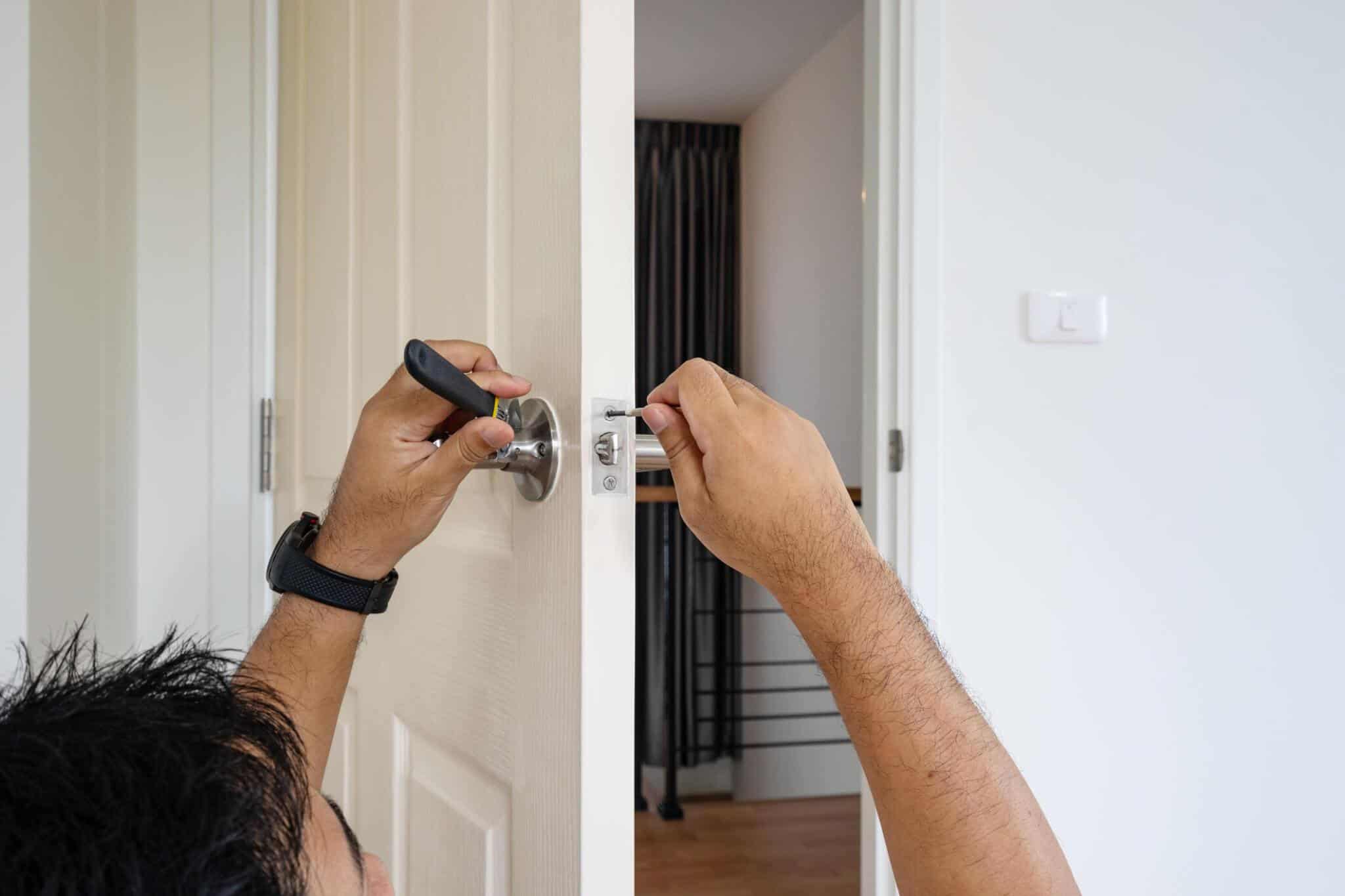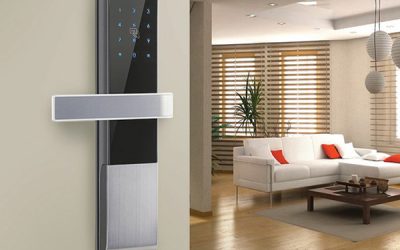Digital face recognition lock is based on biometric access and is one of the modern emergency locksmith services.
Digital locks are designed to replace secure access method with mechanical keys. two main reasons for this replacement are:
- problems people have with using the key
- frequently need to use residential and commercial locksmith services. For instance, Problems like losing the key and having to ask an emergency locksmith to change the lock.

24 hour locksmith
Smart Locks
Digital lock accesses are non-duplicatable, especially biometric accesses including face, palm and fingerprint recognition.
This feature is essential for business owners and commercial locksmiths because security plays a vital role in business.
According to 24 hour locksmith, the fingerprint is one of the safest types of biometric access.
Because identification can be made with living tissue, in this case, the diagnostic sensor can not be deceived by having a fingerprint pattern.
Of course, among biometric approaches, face recognition has weaknesses and problems compared to other methods.
This article of the Swift Emergency Locksmith will discuss face recognition models and their function in digital lock. We also describe the problems and weaknesses of digital face recognition locks.
Emergency Locksmith
Face Recognition Lock Function
The most basic face recognition process finds similar things, and practically no face matching is done.
The second type is found in smartphones and digital locks. Several photos are taken of the person’s face, and these photos are stored in the digital lock database or phone.
When the user is near the lock, the face pattern matches the images in the database. If matched correctly, the door will open for you.
This is called FACE ID. Installation and repair of these locks are one of the common services of a residential and commercial locksmith.

Commercial locksmith
Commercial Locksmith
Types Of Face Recognition Sensors
Face recognition sensors in digital locks are divided into two-dimensional and three-dimensional types.
Two-dimensional face recognition sensor has more weaknesses than three-dimensional; the depth of the face, like the depth of the forehead or the angles of the nose, is not recognized.
Therefore, you can easily deceive the device’s sensor through photos or videos and unlock the digital lock in the two-dimensional type. 24 hour locksmiths prefer 3D face recognition over 2D.
In 3D face recognition sensors, in addition to face angle detection, face recognition is performed in a digital lock with invisible infrared light or IR sensor.
The IR sensor calculates the return time of infrared rays from different face angles to the sensor.
Digital Face Recognition Lock Problems
One of the important things that disrupt the facial recognition process is extra accessories on the face. Items such as masks, glasses and hats make it difficult to recognize faces in digital locks.
The next item is facial gestures. Laughter and frowning, for example, can cause facial recognition problems because images are introduced to the smart lock with standard angles.
According to 24 hour locksmith, another weakness of the digital face recognition lock is the number of faces introduced to the lock; the more faces, the more time for the matching process.
It is said that the face recognition lock is done up to a distance of one meter. But most of the time, you have to get very close to the digital lock to be identified.
Swift emergency locksmith is ready to provide digital lock installation and repair throughout Melbourne.







0 Comments